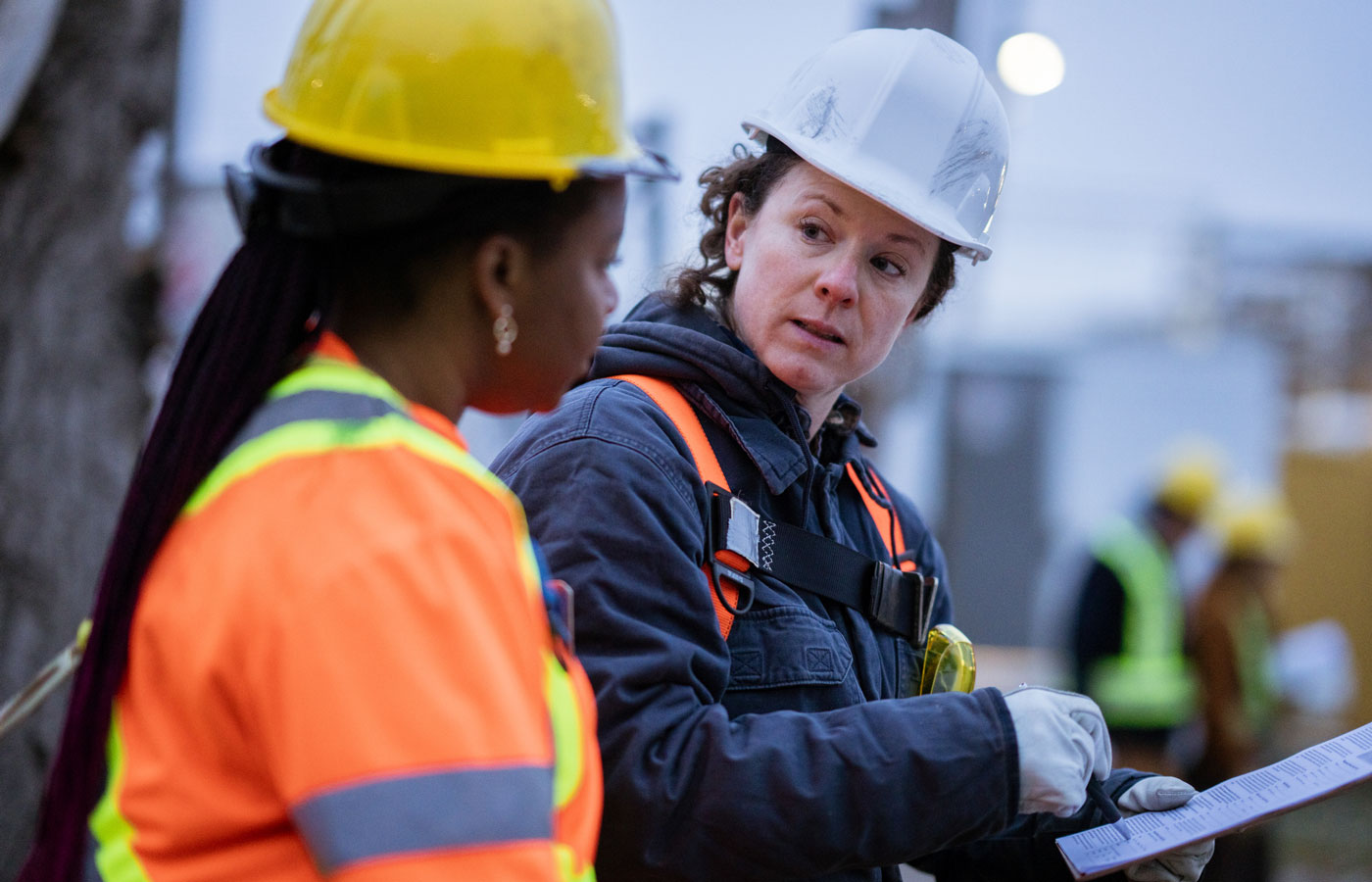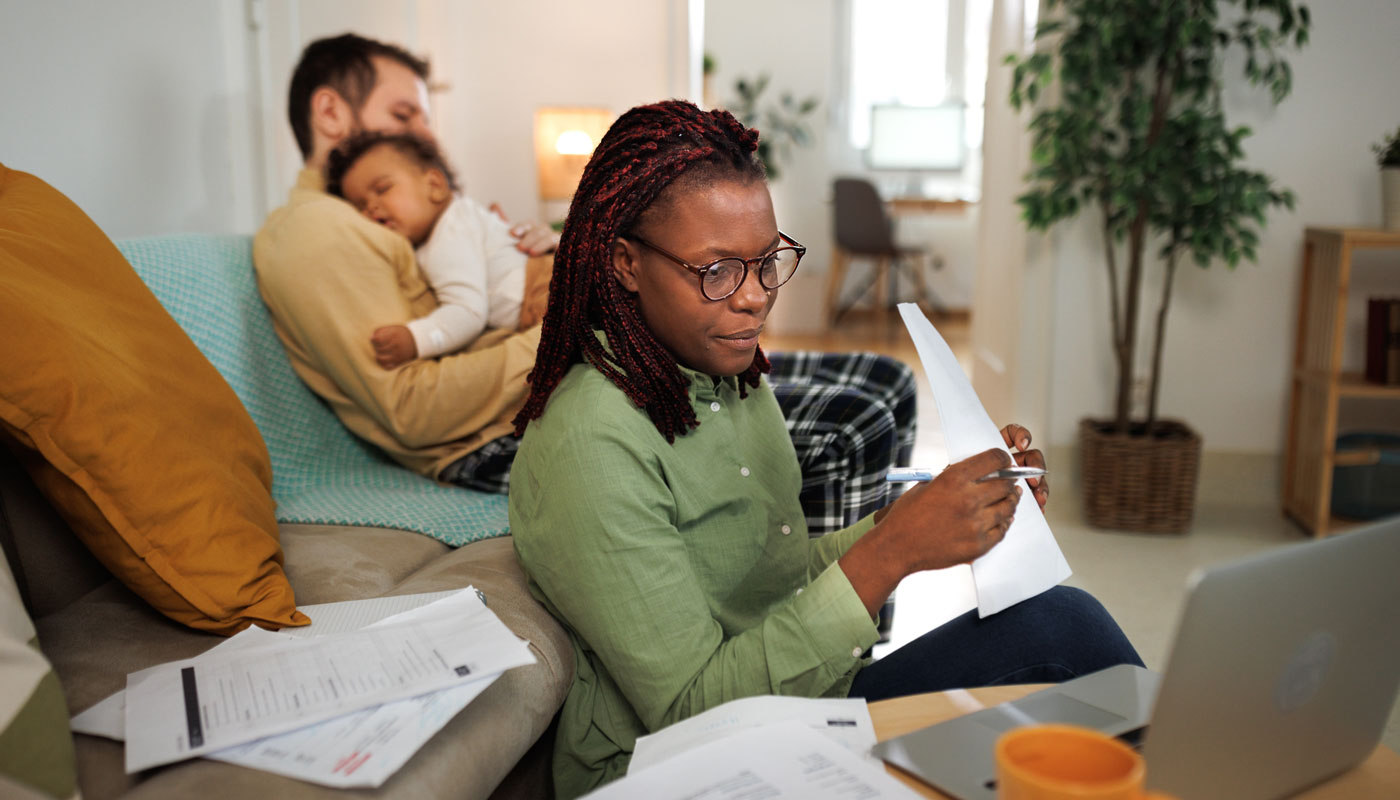Why Are Women Underinsured with Life Insurance?
Significantly fewer women than men have adequate life insurance, with that gap affecting women’s economic independence and their families’ financial security.
 Getty
Getty
Today, women are a financial force—building careers, raising families and increasingly becoming primary earners in their households. Yet, despite this growing economic power, less than half of women own life insurance, and the rate of ownership for women continues to be lower than for men. This gap in protection could be leaving millions of families vulnerable.
Life insurance provides a financial safety net that can provide stability for loved ones after an unexpected loss. It helps cover funeral expenses, debts, lost income and children's education. Without adequate coverage, families may struggle to maintain their standard of living and meet financial needs. This article explores why women are underinsured with life insurance, the impact of it, and what can be done to bridge the gap.
 Getty
Getty
The Disparity in Numbers
The disparity in life insurance ownership between men and women is stark, though there are some silver linings in the numbers. According to the Life Insurance Marketing and Research Association (LIMRA), 49% of women reported having life insurance in 2023, still below the 55% rate of men. It's also the fifth consecutive year that women's life insurance ownership has declined.
These are troubling trends, considering women's economic power. Approximately 70% of mothers can expect to be primary earners for their families at some point before their children turn 18. Women are also primary drivers of consumer spending and control $11 trillion in assets, expected to rise to $30 trillion by 2030.
These numbers paint a clear picture: Women are a vital part of the American economy and their families' financial security. Yet, they aren't adequately protected by life insurance. While 43% of women are uninsured and underinsured, only 39% plan to buy the coverage they need.
Why Women Are Underinsured
Several factors point to the gap in insurance coverage for women, including:
1. Economic Misconceptions
One of the primary reasons women are underinsured is due to historical wage gaps and the undervaluation of women's labor. Despite increasing participation in the workforce and growing roles as primary earners, women still earn less than men, on average. This income disparity can lead to misconceptions about the need for life insurance.
Another unfortunate reality is financial planning industries have traditionally centered around men, often leaving women without specific advice or resources. Because of that—though things are changing—many women may not recognize the importance of life insurance coverage and struggle to get an answer to questions like “How much life insurance do I need?” because resources are male-centric.
 Getty
Getty
2. Societal Roles and Perceptions
Traditional societal views have also contributed to this coverage gap. Women have often been seen as caregivers first and earners second, even though women are more educated and financially contribute more to household incomes than ever. But that outdated view can influence women's own perception of their need for life insurance.
Women are also more likely to be the caregivers for children, aging parents and other family members. There's also a perception that stay-at-home parents don't need life insurance coverage. These responsibilities can leave women with less time, understanding and resources to focus on their own financial well-being, including securing life insurance.
3. Awareness and Education Gaps
There's also a gap in financial literacy, which can hold women back from making informed decisions about their financial protection. Research shows that women may have lower levels of financial literacy and confidence in financial decision-making than men, which leads to a gap in understanding of the benefits and importance of life insurance.
Inadequate and insufficient resources targeting women specifically may also be a contributing factor. A lack of education about financial topics, including life insurance, may mean they are less likely to seek out policies that offer more financial protection. Only 22% of women say they are very or extremely knowledgeable about life insurance.
 Getty
Getty
4. Access and Affordability Concerns
Misconceptions can also play a role in life insurance ownership. Many people overestimate the cost of life insurance, assuming it's out of reach for their budgets. Over 40% of women who don't own life insurance say it's because it’s too expensive. Another 30% say they have other financial priorities, pushing life insurance coverage to the back burner.
Accessibility is a factor that can prevent women from acquiring coverage, too. Some see life insurance as a luxury instead of a necessity—they don't know if life insurance is worth it when trying to balance the cost versus need of it in their lives. These misconceptions can prevent women from exploring options and discovering that affordable coverage plans are available.
While strides certainly have been made over the past few years, some women still face barriers to accessing life insurance, leaving them unprotected.
What life insurance is best for you? This guide explains your choices.
Read More Getty
Getty
The Impact of Being Underinsured
Women's underinsurance isn't just about stats and data. It has real-world consequences that can reverberate, especially on their families and their financial independence.
- On Families
The death of anyone can create financial stress for a family or loved ones, including women. Without life insurance coverage, there may be immediate struggles with funeral expenses, mortgage payments and everyday living costs. This may force lifestyle changes, such as downsizing, relocating or delaying important milestones like saving for retirement or college education costs.
Stay-at-home parents can feel the impact, too. Full-time parents offer significant contributions to the family, including childcare, which would need to be covered financially in the event of their death. For single mothers or women who are the primary earners, not having life insurance could leave dependents without much, if any, financial support. And that may lead to a heavy financial burden for surviving family members struggling to cover day-to-day costs and lifestyle expenses. - On Women's Financial Independence
Life insurance allows women to leave a financial legacy to their loved ones and chosen beneficiaries. It's a critical tool for long-term financial planning. It allows women to provide for their families while ensuring their assets, such as savings and investments, aren’t depleted to cover unexpected costs or emergency needs.
Plus, many women can feel empowered by having life insurance coverage to provide for their loved ones after they’re gone. For those who outlive their partners, life insurance can be a crucial source of income and financial security in later years or help bridge the gap for those with limited retirement savings. By prioritizing coverage, women can take control of their financial future and protect their loved ones.
It's a Fixable Problem
Every life insurance provider, financial advisor and family member should seek ways to address and close the life insurance gap. A lack of adequate life insurance coverage can leave women and their loved ones vulnerable to financial hardship and uncertainty. By recognizing and addressing this situation, women will gain more control over their future while simultaneously helping secure their family's economic well-being.
AAA Life Insurance Company is licensed in all states except NY. Life insurance underwritten by our affiliate, AAA Life Insurance Company, Livonia, MI. Products and features may vary by state.
ALAN-29546-624-XX